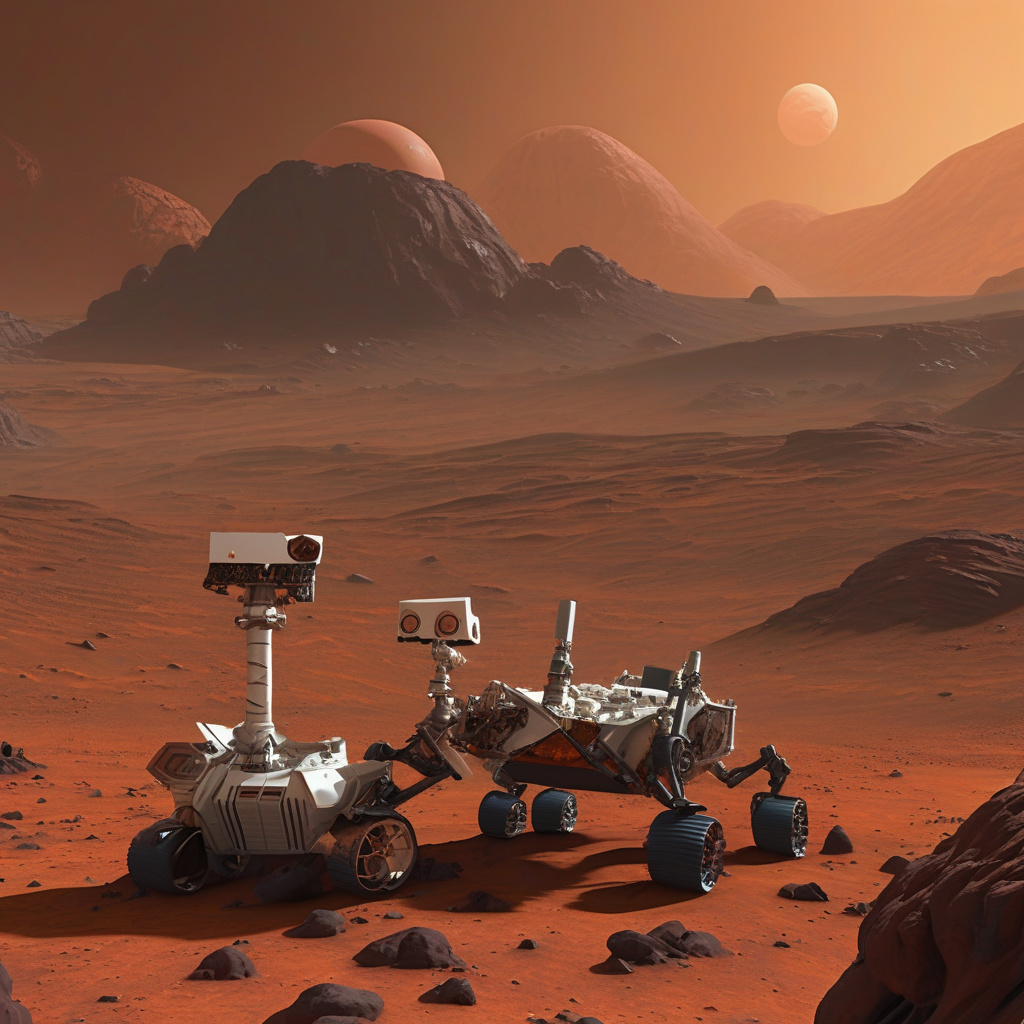Your Heart May Shrink and Bones Could Dissolve: Deadly Reality of Sending Humans to Mars
It’s been over half a century since humanity last set foot on the Moon. Those historic Apollo missions of the late 1960s and early 1970s captured the world’s imagination, showcasing the incredible potential of space exploration. Since then, the idea of sending humans to Mars has been a tantalizing prospect, with space agencies and private companies around the globe working tirelessly to turn this dream into a reality.
However, as we inch closer to the possibility of a crewed mission to the Red Planet, the stark realities of such an endeavor are coming into focus. Beyond the technical challenges and logistical hurdles lies a far more insidious threat to the human body: the potential for irreversible physiological damage.
One of the most concerning issues facing future Mars explorers is the impact of long-duration space travel on the cardiovascular system. Studies have shown that extended periods of weightlessness can cause the heart to weaken and atrophy, leading to a condition known as cardiac deconditioning. This means that astronauts arriving on Mars could have significantly reduced heart function, putting them at risk of serious health complications.
But it’s not just the heart that is at risk. Prolonged exposure to the low-gravity environment of space can also have detrimental effects on bone density. Without the constant pull of gravity to stimulate bone growth, astronauts can experience rapid bone loss, leading to conditions like osteoporosis. This weakening of the skeletal system could have catastrophic consequences on a mission to Mars, where astronauts would need to be in peak physical condition to withstand the rigors of the journey and the harsh Martian environment.
To make matters worse, the radiation levels on Mars are significantly higher than those experienced in low Earth orbit. The planet’s thin atmosphere offers little protection from cosmic rays and solar radiation, exposing astronauts to increased levels of radiation that can cause DNA damage and increase the risk of cancer. This presents a major challenge for mission planners, who must find a way to shield astronauts from these harmful rays during their time on the Martian surface.
Despite these daunting challenges, scientists and engineers are hard at work developing solutions to mitigate the risks of sending humans to Mars. From advanced exercise regimes to counteract muscle and bone loss, to innovative spacecraft designs that offer increased radiation protection, the ingenuity of the human mind knows no bounds when faced with the unknown.
As we stand on the brink of a new era of space exploration, it is crucial that we confront these challenges head-on and prioritize the health and safety of those who will venture to worlds beyond our own. The journey to Mars will be fraught with peril, but the rewards of pushing the boundaries of human knowledge and experience are immeasurable.
In the words of pioneering astronaut Neil Armstrong, “That’s one small step for man, one giant leap for mankind.” The path to Mars may be long and treacherous, but the spirit of exploration that drives us forward is as strong as ever.
Mars mission, Human exploration, Space travel, Physiological challenges, Future of humanity












